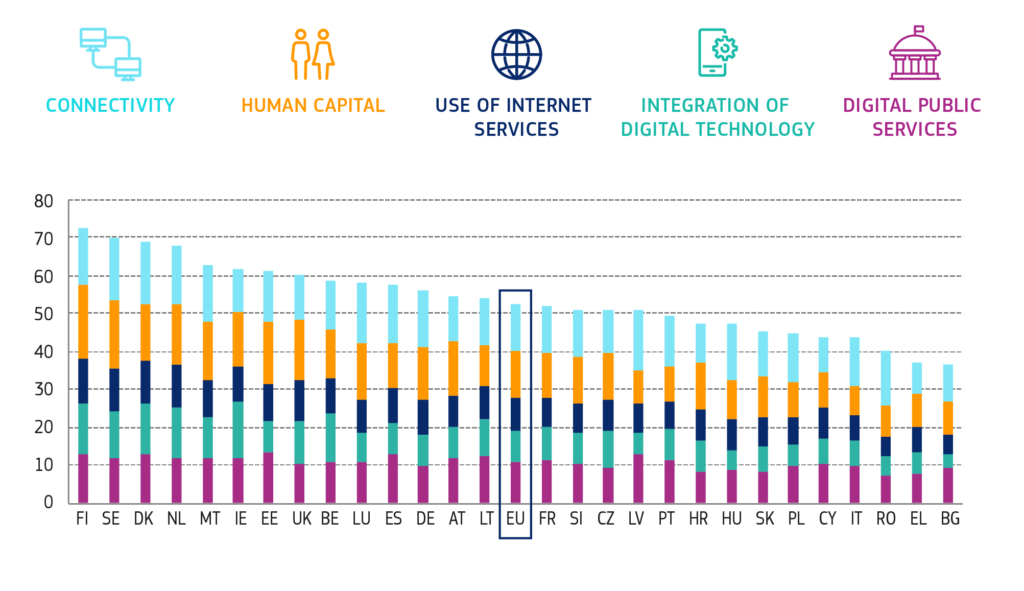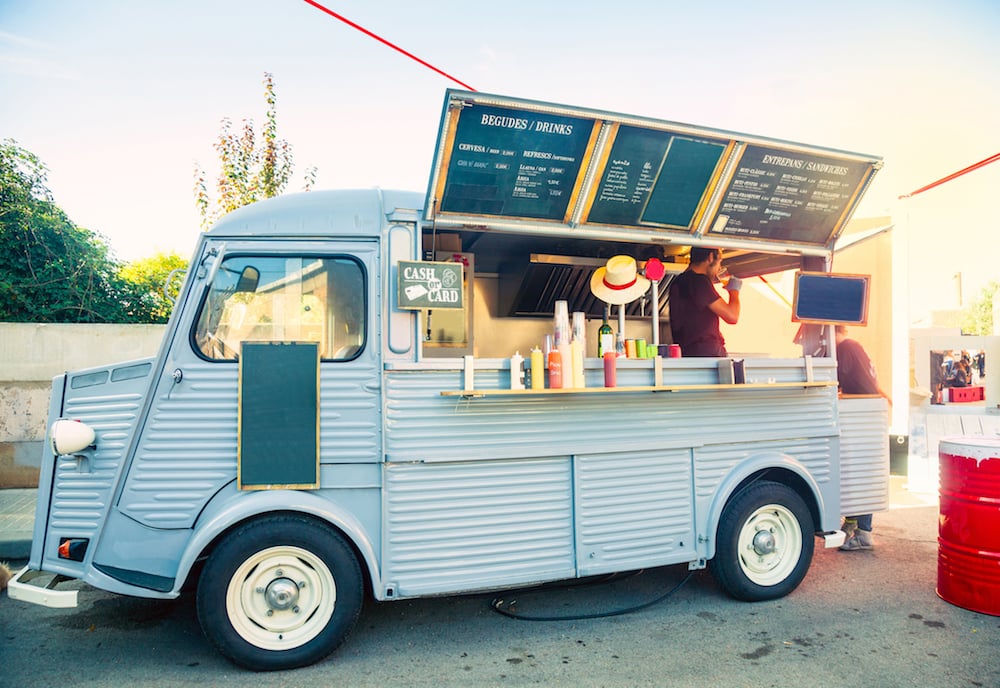Table of Contents
Post-apocalyptic customer identikit
How have customers changed in the wake of the Coronavirus crisis?
Ballando con l’Apocalisse, or ‘Dancing with the Apocalypse’, is the title of a book in which the sociologist (and my friend) Andrea Fontana unwittingly predicted the real apocalypse we are now experiencing.
With unbelievable timing, the book came out in February 2020!
It was partly with this in mind that I decided to include the word ‘apocalypse’ in the title of these musings on the identikit of the customer we should now be targeting, at least for the next six to nine months.
Covid’s marketing personas
At the moment the pandemic struck, many things changed, not least us. Why did we change? Mainly because we found ourselves facing something strange. To reduce the strangeness as much as possible and give some semblance of order to Covid-19, one useful exercise we can do is to anthropomorphise it.
Anthropomorphism involves attributing human characteristics and qualities to animate or inanimate objects or to natural or supernatural phenomena.
It is a common technique in marketing: brands do it, for example, to make them seem more tangible and to better communicate their identity. It involves defining personas, an idealised representation of your audience that is simultaneously fictional and very real, to help you understand the people you are talking to or with whom you would like to interact. In recent months, as an exercise, I decided to try to define the personas of Covid-19.
Here’s what I came up with. The Coronavirus is:
- Foreign (Chinese);
- Originally from outlying areas, derived from markets and haggling;
- Solitary;
- Skinny and slender;
- Very strong (counter-intuitively given point 4);
- Not only strong, but with an explosive and contagious force;
- (As a result of this) somehow compelling;
- Treacherous, always ready to (fatally) stab you in the back;
- (For all the above reasons) totally untrustworthy.
Feeling like consumers (and acting accordingly)
One of the main things that Covid-19 has taken away is the ability to identify as consumers. We had to stay at home for a long time, and only now are we trying to take back what we feel is ours. But there are certain inescapable conditions that no company can ignore if it wants to continue doing business in the New Normal.
That’s because we now have a new enemy, called cabin fever: the fear of leaving the house if these conditions are not adhered to. Here are five new rules to consider, along with some practical hints and tips on how to respond.

Our expectations are increasingly liquid
The first and most important condition was demonstrated and discussed by a group of designers back in 2015. They called it liquid expectations: essentially, when consumers have a good experience with a leading brand or company, they expect the same from other brands: the same quality of service and the same type of perceived experience.
Consider Amazon, for example, which helped many people during lockdown by delivering shopping to their doors. A wide choice, speed, punctuality and finding everything in the same place are all features that no service can now afford to ignore; indeed, these attributes must improve over time, regardless of whether we are talking about a car repair shop or a bakery. We have grown accustomed to next-day delivery, but it won’t be long before Amazon and other customer-experience pioneers get us used to receiving a service within a few minutes, as soon as we ask for it. Or even before we ask for it: it might sound like a joke, but the online shopping giant is currently testing precisely that in the United States. It is called anticipatory shopping and it is based on artificial intelligence: using the data we generate with our digital purchases, Amazon will be able to create ever more accurate profiles of us, and so work out in advance the products we need and send them to our homes before we even realise we need them.
👉 Try to think about and analyse not only your direct competitors, but also competitors you see as much bigger than you, and businesses that operate in different sectors, but which are currently the benchmark for any form of retail relationship. If people are used to Amazon, eBay, Ocado or Uber, they will be unwilling to settle for something that does not match the service these customer-service champions have managed to develop over time.
We barely register digital any more
Another thing the pandemic has transformed is undoubtedly our relationship with the digital world. The UK was already relatively strong in this area – the eighth-best country in Europe for digital skills.

Nevertheless, during lockdown there was a steep rise in the use of e-commerce as a purchasing channel, with many people who used digital solutions to buy things doing so for the first time.
All this has led to a huge digital awakening, to the extent that for many it has become a hygiene factor, in other words something we don’t even notice when it’s there, but which causes us enormous inconvenience when the business with which we are interacting does not offer it.
👉 Try to take advantage of digital technology in your business. Instant messaging, email, a good social media presence, the option of paying through apps like Satispay or Amazon Pay, queue-jumping or online booking solutions: the options are endless!
Space is important again
A third important consideration, much more tangible than the previous one, regards physical space. We have assimilated the pandemic so much that we experience a strange feeling whenever we enter an enclosed space, or one we feel is too small. We are afraid of being too close to one another and of a lack of air circulation.
For many businesses this is a obstacle they cannot overcome, but for others it can provide an opportunity to come to the customer, rather than vice versa. Consider, for example, the entire world of beauty, food and fashion, and how businesses in these sectors are seeking to go directly to people’s homes or escape from their shops using food trucks and other ‘mobile’ solutions.

In all cases, the common denominator is an unwillingness to wait, a desire to be able to do everything straight away.
👉 Try to reach your customers yourself, or offer them an experience somewhere they see as safe and reliable.
We want a balanced relationship with retail
Online shopping provides perfectly rational buying conditions: you have all the time you need to buy what you are looking for, and if you are using a PC and have enough space on your screen, it’s easy to avoid impulsive purchases.
Using online shops so much over the past few months has improved our ability to find information online and to sniff out the best deal. We have become very aware of merchants or businesses that try to ‘pull a fast one’ with unclear pricing or dated sales techniques.
👉 Try to level the playing field with customers, without relying on any form of information asymmetry. Price comparison websites are just a tap away, and customers will even use them while talking to you in the shop! Act with courtesy: supply is currently outstripping demand, meaning you should never miss an opportunity, but you can also steal customers from anyone else. Hone your best relationship-building and customer-engagement techniques, perhaps giving people a small gift or memento that will ensure they remember you (and come back).
We prefer a tailored service to a standard offering
We are also often no longer happy to merely receive a basic service. Digital technology and our distance from the most frenetic shopping and consumer spaces have seen us develop a preference for tailor-made, customised services, whatever type of product we want to buy.
Receiving a tailored service also means being given specific advice on what is really best for us. No longer the biggest TV or the highest-performance car, but rather the product that perfectly matches our profile, reflecting who we really are.
If you produce ovens, for example, you could use the data collected from each oven to suggest the best ways to use the equipment – cooking options, times, new recipes, etc. – to the owners or your customers. Easy, right?
👉 Seek to adopt an approach with customers that makes best use of the data you have, and do as much profiling as possible, so you can delight them with a one-to-one relationship. Try to imagine how you could go from simply providing a service to creating something more personal, perhaps using digital technologies. Move from specialising in a certain product to focusing on how that product is actually used by the customer: do they need all that power, or could you sell them a lower-performance PC (and so generate less profit) but in doing so show them that you have fully understood their needs?
From digital technology to human empathy
Who would have thought it?
All this technology is forcing us to employ the best of our humanity.
To understand, profile and involve customers post-Covid we need to empathise with them perfectly, research their needs and cut back on the less useful things we offer.
It means becoming a partner in their wellbeing, their business and their evolution over time, including – perhaps especially – in these challenging times.
Because an apocalypse is both an end and a beginning. It all comes down to us

